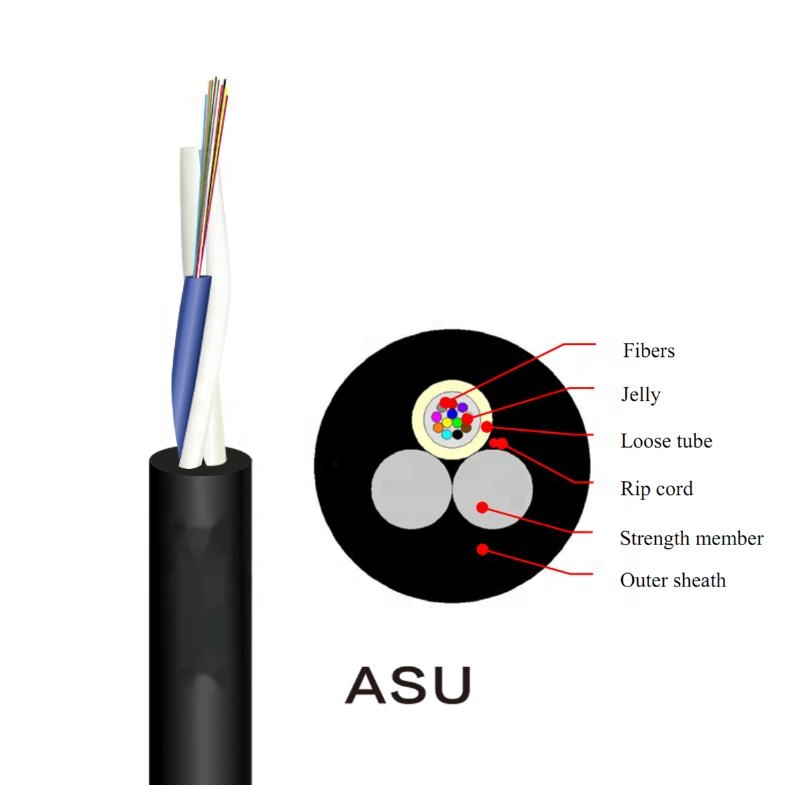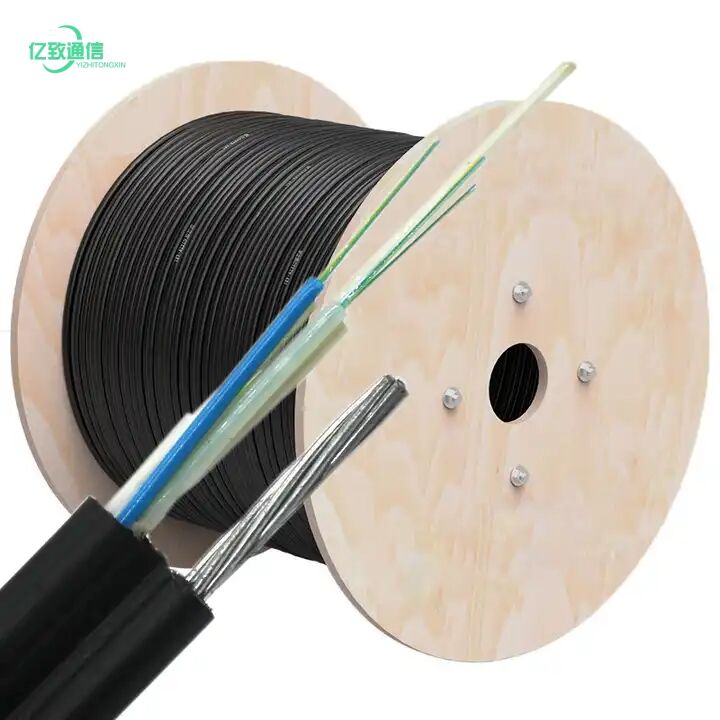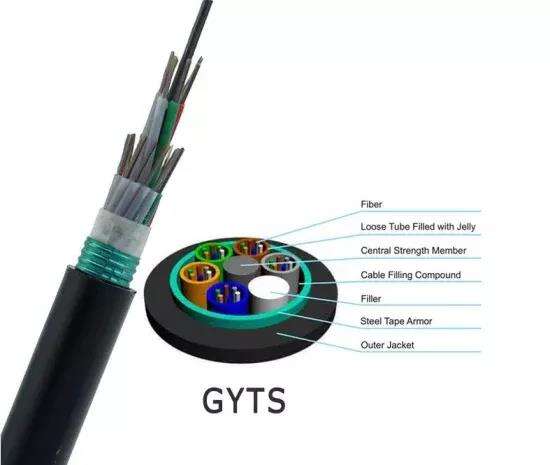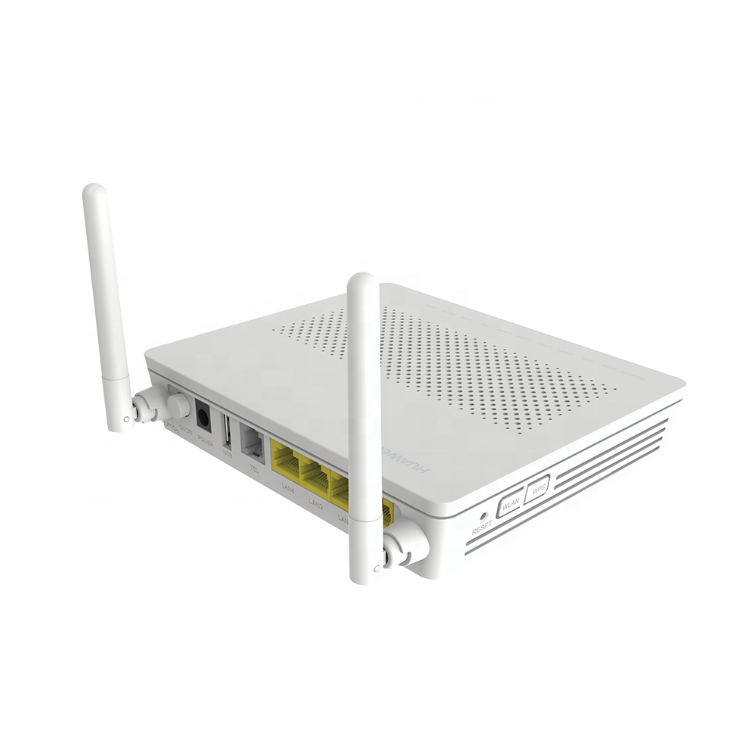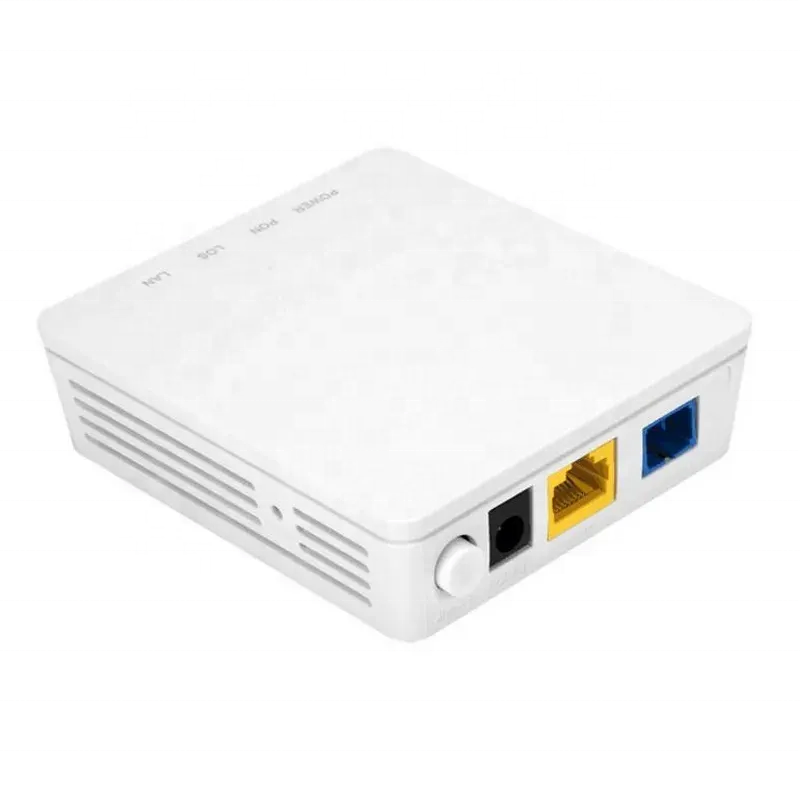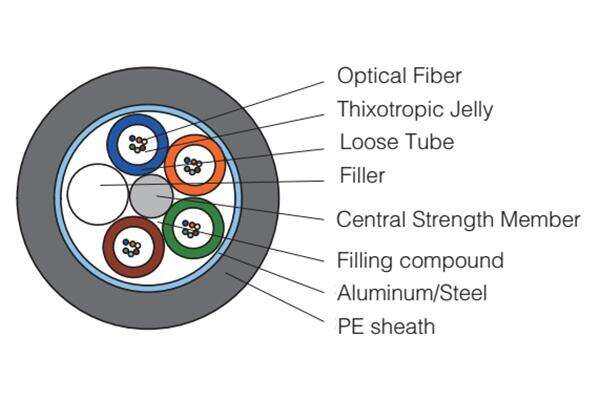new optic cable types
New optic cable types represent a significant leap forward in telecommunications infrastructure, offering unprecedented data transmission capabilities and reliability. These advanced fiber optic cables incorporate cutting-edge materials and design innovations that enable faster, more efficient light transmission over longer distances. The latest generations feature enhanced core materials with superior refractive properties, allowing for minimal signal loss and improved bandwidth capacity. These cables utilize advanced cladding techniques that provide better protection against external interference and physical stress. Multiple transmission modes are supported, including single-mode and multi-mode variants, each optimized for specific applications ranging from long-distance telecommunications to local area networks. The cables' structural design includes reinforced protective layers that ensure durability while maintaining flexibility for easy installation. Modern manufacturing processes have also improved the cables' resistance to environmental factors such as temperature fluctuations, moisture, and electromagnetic interference. These developments make the new optic cable types ideal for various applications, from high-speed internet infrastructure to data center connectivity, industrial automation, and emerging 5G networks.

